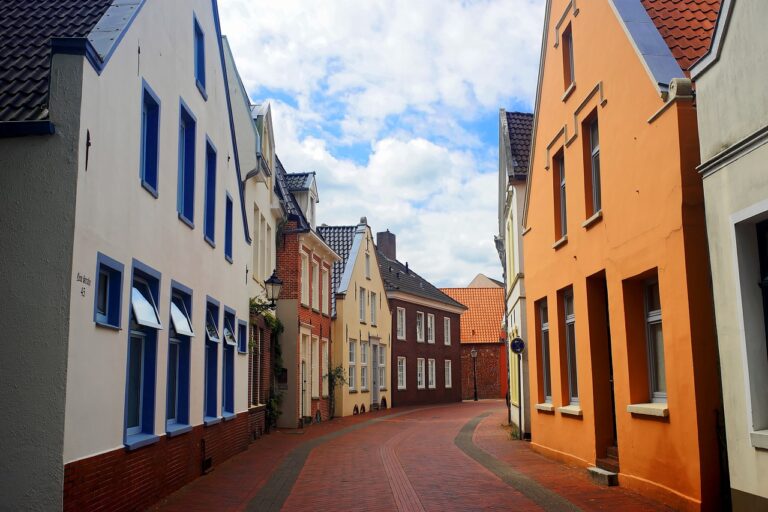The revival of traditional storytelling through cultural tourism
is a significant trend that is gaining momentum worldwide. As people become more interested in exploring diverse cultures and traditions, the art of storytelling plays a crucial role in preserving and promoting these unique narratives. Cultural tourism not only allows visitors to experience the history and heritage of a specific destination but also enables local communities to pass down their stories from generation to generation.
The Power of Traditional Storytelling
Traditional storytelling has been a fundamental aspect of human communication for centuries. Before the advent of the written word, stories were passed down orally from one generation to another. These narratives served as a way to educate, entertain, and connect communities through shared experiences.
Cultural Tourism as a Platform for Storytelling
With the rise of cultural tourism, traditional storytelling has found a new platform to reach a global audience. Visitors who embark on cultural tours are often eager to learn about the customs, beliefs, and history of the places they visit. By incorporating storytelling into these experiences, local communities can showcase their unique traditions and create memorable encounters for tourists.
Preserving Cultural Heritage
One of the primary benefits of combining traditional storytelling with cultural tourism is the preservation of cultural heritage. As modernization and globalization continue to impact communities around the world, there is a growing concern about the loss of traditional customs and practices. By integrating storytelling into cultural tourism initiatives, these communities can ensure that their stories are not forgotten and that their heritage is passed on to future generations.
Creating Meaningful Experiences for Visitors
Storytelling adds a layer of depth and authenticity to the cultural tourism experience. When visitors are able to connect with the local community through stories, they develop a deeper appreciation for the destination and its people. These meaningful interactions can leave a lasting impact on travelers and inspire them to continue exploring different cultures and traditions.
Benefits for Local Communities
For local communities, embracing traditional storytelling as part of cultural tourism can bring a multitude of benefits. Not only does it provide an opportunity to showcase their heritage and attract tourists, but it also creates a sense of pride and identity among residents. Additionally, storytelling can be a source of income for community members who serve as storytellers, tour guides, or cultural ambassadors.
Challenges and Opportunities
While the revival of traditional storytelling through cultural tourism is a positive trend, it also presents challenges that need to be addressed. One of the main challenges is ensuring that the stories being shared are authentic and respectfully presented. It is essential for communities to work together to preserve the integrity of their narratives and avoid cultural appropriation.
However, with the right approach and collaboration between communities, governments, and tourism stakeholders, traditional storytelling can become a driving force in cultural tourism. By leveraging the power of storytelling, destinations can differentiate themselves in a competitive tourism market and offer visitors a truly unique and enriching experience.
FAQs
What is traditional storytelling?
Traditional storytelling refers to the practice of passing down stories, myths, legends, and folklore orally from one generation to another within a specific culture or community.
How does cultural tourism benefit from traditional storytelling?
Cultural tourism benefits from traditional storytelling by providing visitors with a deeper understanding of the destination’s history, customs, and traditions. Storytelling adds authenticity and richness to the cultural tourism experience.
How can local communities preserve their heritage through storytelling?
Local communities can preserve their heritage through storytelling by actively sharing their stories with visitors, engaging in cultural tourism initiatives, and passing down their narratives to younger generations.
What are some examples of destinations that have successfully incorporated traditional storytelling into cultural tourism?
Destinations such as Ireland, New Zealand, and Ghana have successfully integrated traditional storytelling into their cultural tourism offerings. These destinations have embraced their heritage and used storytelling as a way to attract visitors and celebrate their unique cultures.







